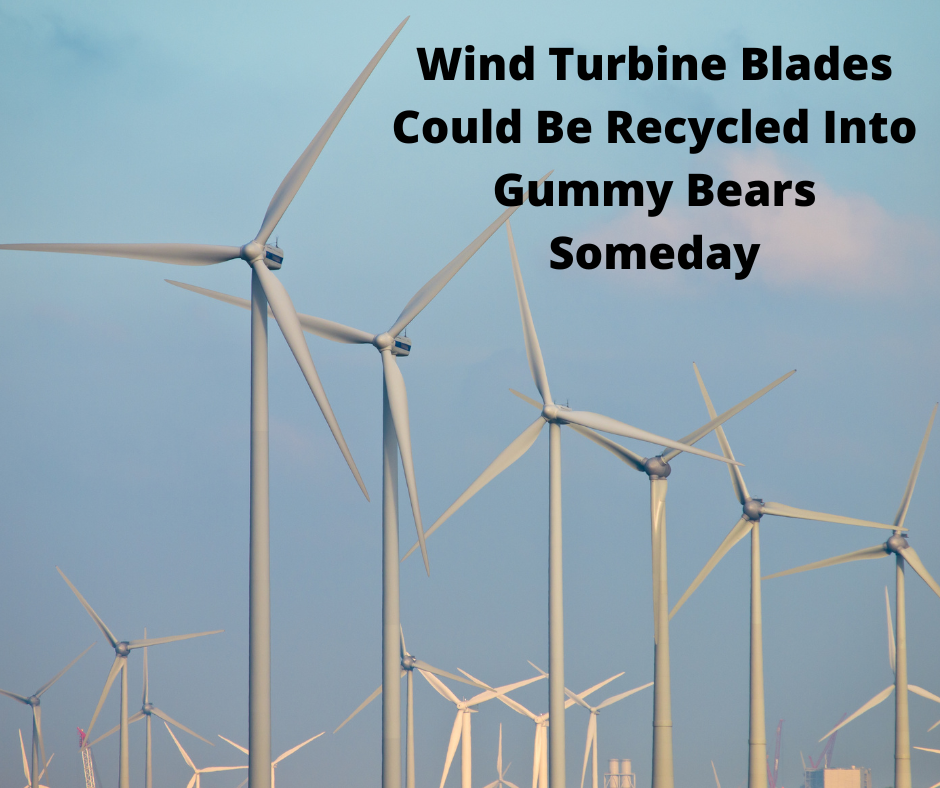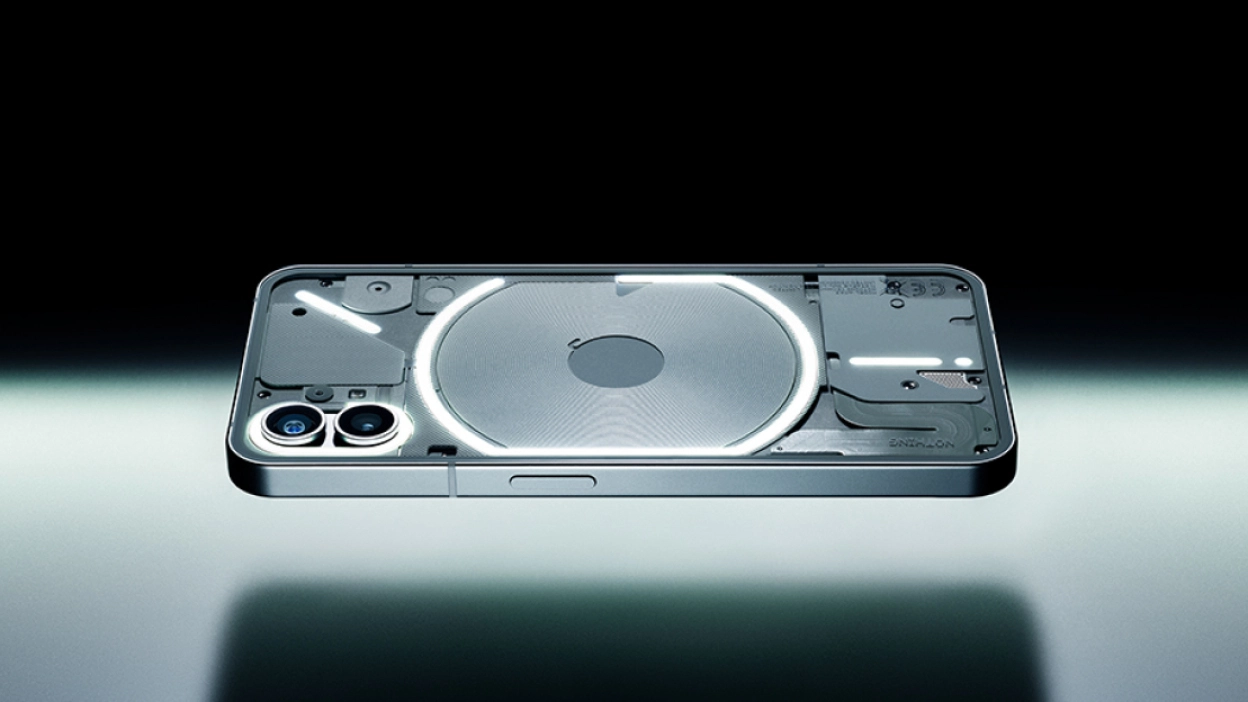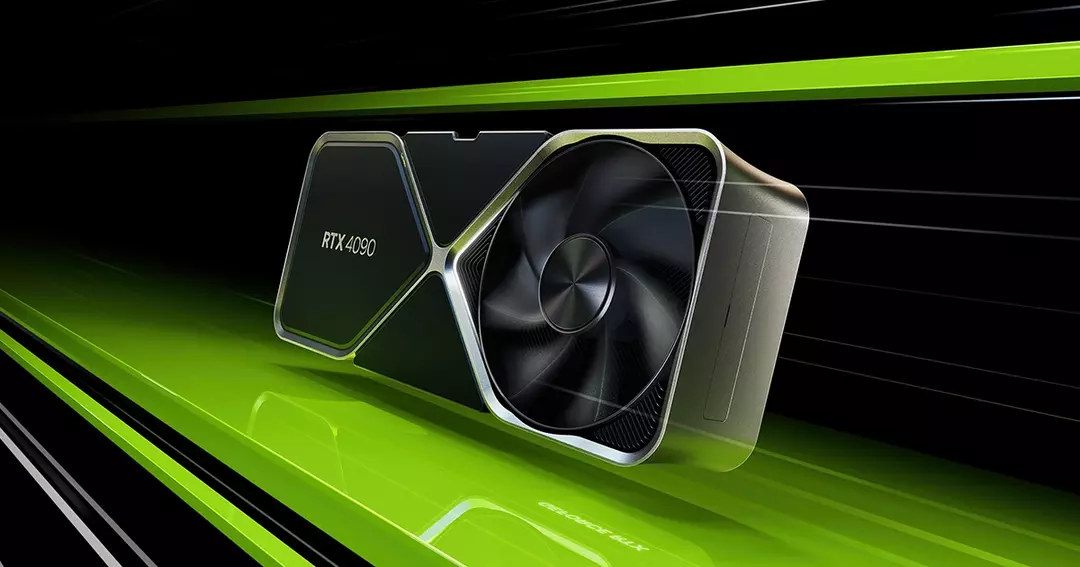What is going on?
Scientists suggest wind turbine blades constructed of a recyclable material.
Why is it significant?
Because normal wind turbine blades made of fiberglass are difficult and expensive to recycle. And retired equipment is typically disposed of in a landfill.
Even wind power is most proven source of energy that is good for the environment, has a weakness.
Wind turbine blades are affixed to sky-high wind turbine towers, and these blades must be replaced on a regular basis. As a result, a significant amount of outdated equipment must be disposed of. And experts have questioned whether such disposal meets ecologically favorable requirements in recent years.
Simply put, the question is whether wind turbine blades can be recycled. If not, perhaps depositing retired blades in landfills undermines the system’s assumed long-term viability in the first place. These blades are often composed of fiberglass, a material that is extremely difficult to cut through, carry, and recycle.
Some specialists have had success recycling energy-catching gadgets, including US startup Global Fiberglass Solutions, which repurposed them to generate 3D-printing feedstock. The artefacts are placed to rubbish mounds, which generate toxic gases and invade wildlife habitats.
Why? It is ultimately less expensive
On Monday, however, experts from Michigan State University presented their plans for a unique approach to addressing this issue. Combining glass fibers with plant-derived and synthetic polymers generated a new wind turbine material. molecular chains The mixture is known as a composite resin, and its allure stems from the fact that it can be recycled far more easily than pure fiberglass.
Oh, and here’s the best part: it can be made into delectable gummy bears.
John Dorgan, an MSU chemical engineer who will present the team’s work at the American Chemical Society’s fall meeting, remarked. Dissolving our resin at the end of its use cycle allows it to be reused endlessly. Because of this, we have adopted a circular economic model.
Using turbines to make goodies
When the team’s resin wind turbine is complete. It’s decomposable. This means that the difficult-to-handle glass fiber fragments can be removed. The resulting goop can then be recast into new wind turbines and several other materials. And by broad, I mean
It just depends on the constituents of the combination you choose to extract and alter.
When the researchers digested the resin in an alkaline solution. They obtained an acrylic compound that may be used to make windows and car tail lights, for example. When the temperature is raised during digestion, a super-absorbent polymer is made. This polymer is often used to make diapers.
The resin can be recycled into new countertops after being mixed with a few different minerals. Dorgan said, “We created a bathroom sink out of it, so we know it works.” Also, the dissolved component can be combined with polymers to create high-end products such as laptop sleeves and electrical tools.
Dorgan explained, “We recovered food-grade potassium lactate and used it to make gummy bear sweets, which I ate.” Not a fan of Haribo? It’s also possible to employ this chemical to produce non-alcoholic sports beverages in the vein of Gatorade.
If the thought of eating a gummy version or a fruity beverage concoction made from an old wind turbine grosses you out, Dorgan emphasizes that “a carbon atom derived from a plant, like corn or grass, is no different than a carbon atom derived from fossil fuel… This entire process is a part of the larger carbon cycle in the universe, and we’ve proven that we can recycle biomass from the field into long-lasting plastics and then back into edible meals.
It’s also worth noting that the team has only created a prototype of its innovation thus far. Dorgan noted that transitioning from prototype to final product is constrained “Our bioplastic can’t meet market demand. If we want to make wind turbines from these materials, we need large production volume.”
But if that problem is solved. we may soon live in a world where the remains of a veteran blade. That once lived in the clouds are in our MacBook cases. iPhone charging cables, durable kitchenware, and even gelatinous treats.
Click above button to get code
You visited 10/10 pages






Leave a Reply